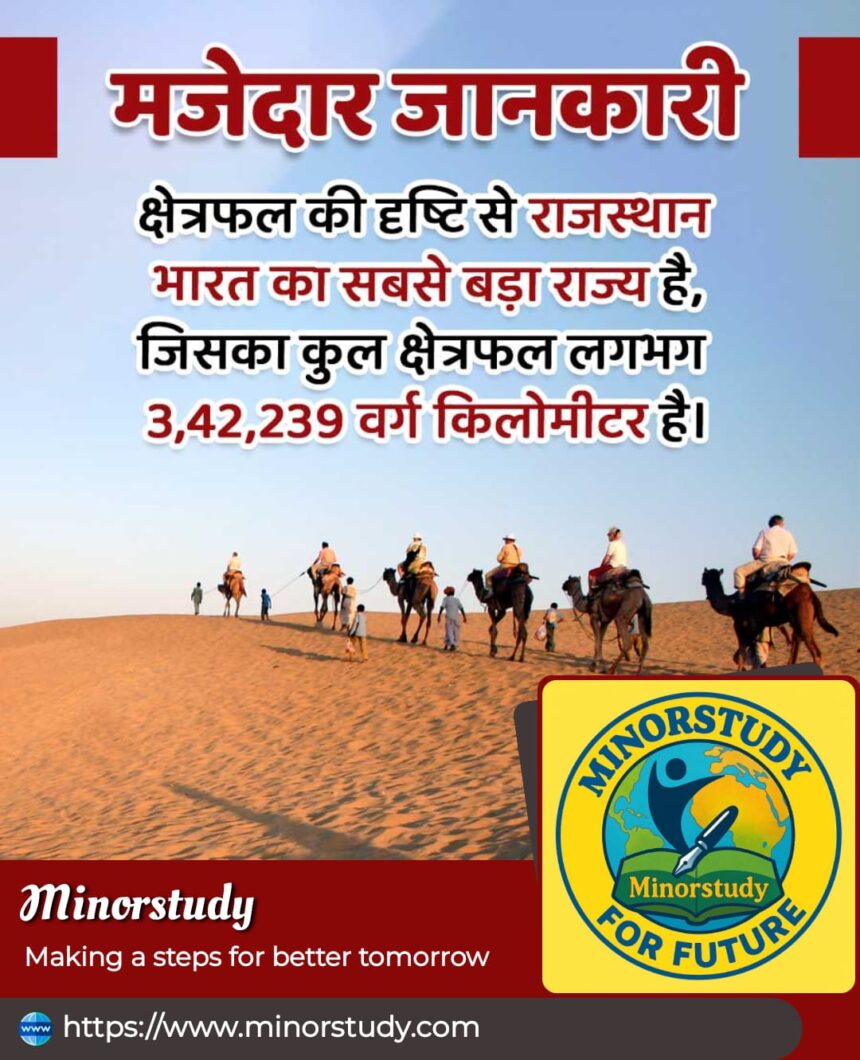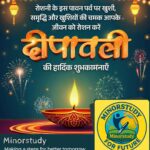🌄 Introduction: Rajasthan – The Regal Heart of India
Rajasthan—land of palaces, deserts, colors, and valor—is not just India’s largest state by area, but also one of its most culturally rich and historically significant regions. Spanning a majestic area of about 342,239 square kilometers, Rajasthan is often referred to as the Land of Kings, and rightfully so. From the mighty Aravalli ranges to the golden sands of Thar, from majestic forts to vibrant festivals—Rajasthan is a living museum of Indian heritage.
- 🌄 Introduction: Rajasthan – The Regal Heart of India
- 🗺️ Quick Overview
- 📜 History of Rajasthan – A Tapestry of Valor and Culture
- 📆 Timeline of Rajasthan’s Formation
- 🎯 15 Interesting Facts About Rajasthan You Must Know
- ❓ FAQs About Rajasthan
- 🔹 Why is Rajasthan called the “Land of Kings”?
- 🔹 Which is the capital of Rajasthan?
- 🔹 Is Rajasthan all desert?
- 🔹 What is the significance of March 30 in Rajasthan?
- 🔹 Which are the most famous festivals?
- ✨ Significance of Rajasthan in Daily Life
- 💐 Wishing Messages for Rajasthan Formation Day
- 💬 Observance and Celebrations
- 💎 Conclusion: Why Rajasthan Will Always Be India’s Crown Jewel
But beyond tourism brochures and camel rides, Rajasthan holds timeless significance—socially, economically, politically, and emotionally. Let’s dive into the history, amazing facts, daily relevance, and why Rajasthan continues to inspire awe in every Indian heart.
🗺️ Quick Overview
| Feature | Details |
|---|---|
| 🧭 Area | 342,239 sq. km (largest in India) |
| 🏙️ Capital | Jaipur (also called the Pink City) |
| 🏜️ Known For | Desert, Forts, Royalty, Folk Culture |
| 🌍 Population | Over 78 million (2024 est.) |
| 📜 Established | 30 March 1949 (as United State of Rajasthan) |
| 💬 Official Language | Hindi, Rajasthani (spoken widely) |
📜 History of Rajasthan – A Tapestry of Valor and Culture
Rajasthan’s history is as diverse and dramatic as its landscape. Ancient kingdoms thrived here long before modern India emerged. Historically, Rajasthan was known as Rajputana, the land of the Rajputs, a warrior class that built numerous forts and ruled with unmatched bravery.
Key Eras:
Ancient Period: Ruled by tribes like the Matsyas and Mauryas. Buddhist influence was strong during Ashoka’s reign.
Medieval Rajput Rule: Dominated by powerful kingdoms such as Mewar (Udaipur), Marwar (Jodhpur), and Amber (Jaipur).
Mughal Influence: Rajputs allied with or resisted Mughals—most famously, Maharana Pratap’s stand against Akbar at the Battle of Haldighati.
British Era: Formed a princely state confederation known as Rajputana Agency under British suzerainty.
Post-Independence: On 30 March 1949, Rajasthan was officially formed by merging princely states.
📆 Timeline of Rajasthan’s Formation
| Year | Event |
|---|---|
| Pre-1200s | Tribal rule, early Buddhist influence |
| 1200s–1600s | Rise of Rajput dynasties; construction of forts |
| 1576 | Battle of Haldighati – Maharana Pratap vs Akbar |
| 1700s–1800s | Frequent invasions, Maratha incursions |
| 1818 | British form Rajputana Agency |
| 1947 | India gains independence |
| 1949 | Rajasthan becomes a unified state on 30 March |
🎯 15 Interesting Facts About Rajasthan You Must Know
🏜️ Largest State by Area
Rajasthan spans over 342,239 sq km, more than entire countries like Germany or the UK.🏰 Home to the Most Forts
From Chittorgarh to Mehrangarh, Rajasthan boasts the most majestic forts—7 of which are UNESCO World Heritage Sites.👑 Land of Brave Warriors
Legendary Rajputs like Maharana Pratap, Rani Padmini, and Rao Chandrasen are national icons of courage.🎨 Color-Coded Cities
Jaipur (Pink), Jodhpur (Blue), Udaipur (White), and Jaisalmer (Golden)—each city has a distinct identity.💃 Cultural Melting Pot
Dance forms like Ghoomar and Kalbelia, and music genres like Maand, make Rajasthan a cultural powerhouse.🌵 Thar Desert’s Majesty
Rajasthan houses the vast Thar Desert, India’s only desert ecosystem, rich in unique flora and fauna.🐪 The Only Camel Corps in India
The BSF Camel Contingent in the Republic Day Parade is uniquely Rajasthani.💦 Innovative Water Storage
Ancient step-wells (baoris), like Chand Baori, reflect desert ingenuity in water conservation.🌍 Keoladeo National Park
A UNESCO World Heritage Site and a paradise for bird lovers—especially Siberian Cranes.🛕 Rich in Religion
Home to sacred temples like Ranakpur Jain Temple, Pushkar Brahma Temple, and Khatushyam Ji.🧵 Handicraft Heaven
From Bandhani textiles to Meenakari jewelry, Rajasthan is a dream for artisans and shoppers.🕌 Secular Harmony
Rajasthan is known for its syncretic culture—Hindus, Muslims, Jains, and Sikhs co-exist peacefully.📜 Home of the Constitution Writer’s School
Dr. B.R. Ambedkar studied in Maharaja’s College, Jaipur, shaping Indian democracy.🍛 Culinary Wonders
Dishes like Dal Baati Churma, Gatte ki Sabzi, and Laal Maas are globally famous.🐅 Sanctuary to Wildlife
Ranthambore and Sariska Tiger Reserves are major hubs for tiger conservation.
❓ FAQs About Rajasthan
🔹 Why is Rajasthan called the “Land of Kings”?
Because of its long history of Rajput rulers, fortresses, palaces, and warrior ethos.
🔹 Which is the capital of Rajasthan?
Jaipur, also known as the Pink City.
🔹 Is Rajasthan all desert?
No. While it includes the Thar Desert, it also has forests, lakes, and hills.
🔹 What is the significance of March 30 in Rajasthan?
It marks the formation day of modern Rajasthan in 1949.
🔹 Which are the most famous festivals?
Desert Festival, Pushkar Fair, Teej, Gangaur, and Marwar Festival.
✨ Significance of Rajasthan in Daily Life
Rajasthan is not just a tourist destination; it deeply impacts our everyday cultural, social, and economic landscape.
🏛️ Cultural Continuity
From school textbooks to Bollywood, Rajasthan’s stories, attire, and art are omnipresent.
🧑🎓 Educational Impact
Rajasthan has institutions like BITS Pilani, IIT Jodhpur, and MNIT Jaipur that contribute to national education excellence.
🧵 Employment & Handicrafts
Rural artisans provide livelihoods through block printing, pottery, and embroidery industries.
🐪 Tourism Economy
Tourism fuels hotels, transport, guides, and local economies, generating millions of jobs.
💐 Wishing Messages for Rajasthan Formation Day
🌟 “Wishing everyone a Happy Rajasthan Day! Let’s honor the land of royalty, resilience, and rich heritage.”
🏜️ “Celebrate the majestic spirit of Rajasthan—land of forts, deserts, and eternal traditions.”
🙏 “Happy Rajasthan Day! Proud to be part of a legacy so grand and colorful.”
💬 Observance and Celebrations
Rajasthan Day (March 30) is celebrated with:
💃 Folk dances & music concerts
🎉 Light shows at forts
📸 Cultural exhibitions and parades
🧠 Quiz competitions and debates in schools
🎈 Special tourism promotions and rallies
💎 Conclusion: Why Rajasthan Will Always Be India’s Crown Jewel
Rajasthan, with its breathtaking landscapes, historical significance, and cultural depth, is not just India’s largest state by size—it’s the largest by heart and heritage. It teaches us that bravery, artistry, and resilience can thrive even in the harshest climates.
Whether you’re sipping tea in a Haveli, listening to Manganiyar melodies, or walking through a desert sunset, Rajasthan touches something deeply human in all of us.









xbtgcj